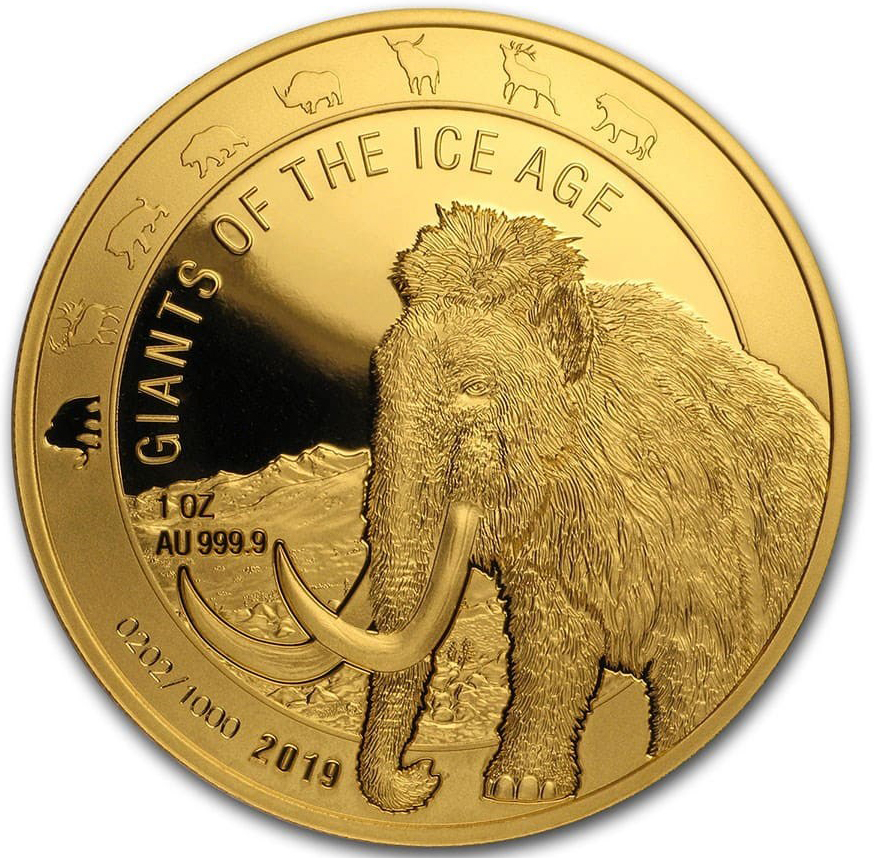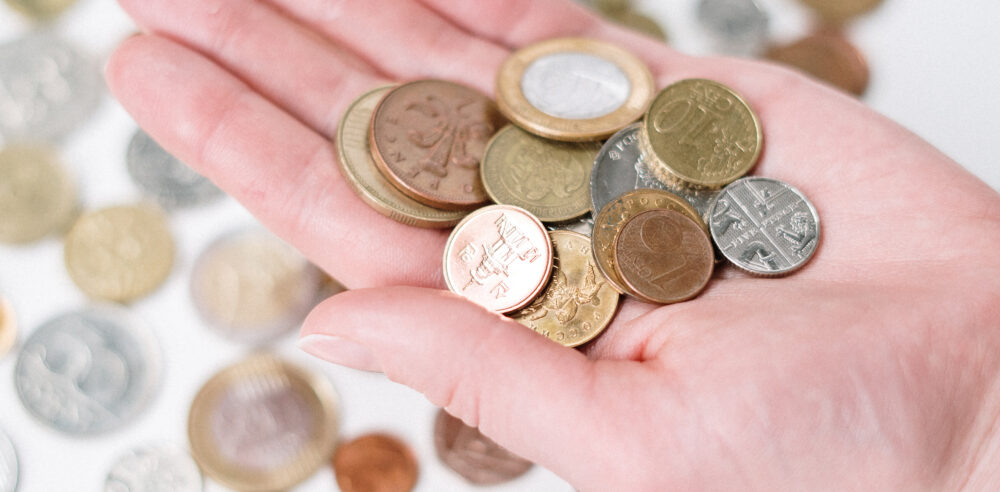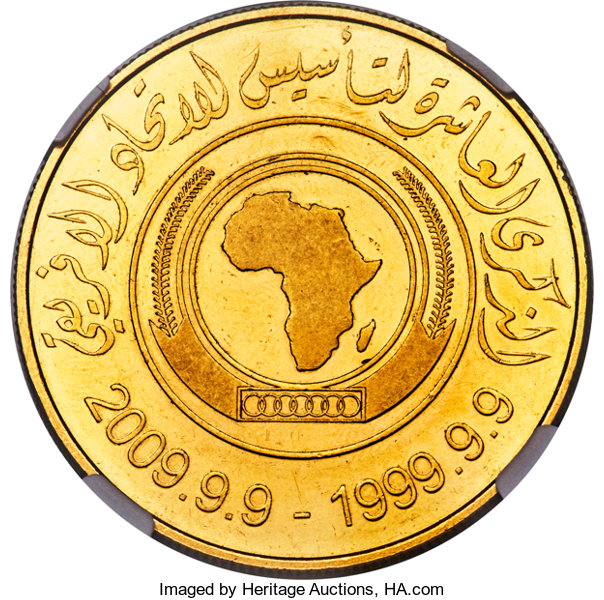When it comes to investment-grade precious metals, gold coins hold a special place, revered for their inherent value, historical significance, and unique beauty. And while Europe and the Americas might be known for their illustrious mints, Africa is no stranger to this esteemed tradition. In fact, the continent is home to some of the world’s most highly sought-after gold coins, minted in countries rich in gold reserves and boasting vibrant histories. What are the best African gold coins?
Africa, the second largest continent on Earth, is a rich mosaic of cultures, landscapes, and natural resources. Its historical relationship with gold is well documented, dating back to the ancient Nubian kingdom of Egypt, renowned for its vast gold mines. Today, Africa continues this golden legacy, producing some of the finest and most coveted gold coins in the international market.
African gold coins are admired for their exquisite craftsmanship, unique designs, and the purity of the gold used. The intrinsic value of the gold, coupled with the coins’ rarity and design, make them an excellent choice for both investors and collectors.
Among the most notable African gold coins are the South African Krugerrand, Ghana’s Ashanti Goldweights, the Gold Dinar from Sudan, and the Somali Gold Elephant. Each of these coins tells a story of its nation’s history, tradition, and economic journey, making them not only valuable but also culturally significant.
The South African Krugerrand, named after the South African pioneer and President Paul Kruger, is one of the most recognized gold coins in the world. Introduced in 1967 to promote South African gold to international markets, it was the first gold coin to contain precisely one ounce of fine gold.
What are the best African gold coins?
South African Krugerrand
The South African Krugerrand is one of the most famous and widely traded gold coins in the world. It was first minted and issued in 1967 by the South African Mint. The coin was named after Paul Kruger, a prominent South African political and military figure, and the rand, the official South African currency.

The coin is designed to be durable, made of 22 karat gold, or 91.67% pure gold. The other 8.33% is copper alloy, which gives the Krugerrand a more orange appearance than gold coins with higher purity levels, and also makes the coin more resistant to denting or scratching.
The Krugerrand was the first gold bullion coin that was legal tender at the market value of its face gold content. However, the coin itself does not carry a face value because its value is intrinsically tied to the value of its gold content.
The obverse side of the coin features a bust of Paul Kruger, designed by Otto Schultz. The reverse side, designed by Coert Steynberg, features an image of a springbok antelope, one of the national symbols of South Africa.
Krugerrands are available in several denominations, including 1 ounce, 1/2 ounce, 1/4 ounce, and 1/10 ounce. The 1-ounce Krugerrand, however, is the most popular and widely traded version.
Ghanaian Elephant Coin
The Ghanaian Elephant Coin is part of the African Wildlife Series. This coin series has been appreciated by collectors and investors for its detailed depictions of one of Africa’s most beloved animals: the elephant.

The Ghanaian Elephant Coin is a relatively newer entrant into the world of bullion coins. Originally, the African Wildlife Series Elephant coin was issued by Somalia. However, due to some legal and political reasons, the minting shifted to Ghana.
This gold coin is struck in .9999 (24 karat) pure gold and is recognized as legal tender in Ghana. Despite the change in issuing authority, the motif on the coins has remained the same. Each coin features a beautifully detailed image of elephants in their natural habitat. The design changes annually, making each year’s release unique and sought after by collectors.
The obverse of the coin typically features the coat of arms of the issuing country, the denomination, and the year of issue. The reverse side showcases the intricate design of the elephants.
Somalian Elephant Coin
The Somalian Elephant Coin is a notable part of the African Wildlife Coin Series, and it has been issued annually since 2004. The coin is struck by the Bavarian State Mint in Munich, Germany. Despite its name, this coin is not minted in Somalia or by the Somalian government, but rather it’s intended for the Somalian market.
These coins are minted in a variety of sizes, including 1/50 oz, 1/25 oz, 1/10 oz, 1/4 oz, 1/2 oz, 1 oz, 2 oz, 5 oz, 10 oz, and 1 kilogram. They’re struck in .9999 fine gold, meaning they are 99.99% pure gold.
What makes the Somalian Elephant Coin unique and attractive to collectors is the annual change in design on the coin’s reverse side. Each year, the coin features a new depiction of one or more African elephants in their natural habitat. This offers a variety of designs for collectors who enjoy the changing aesthetic of the coin.
The obverse of the coin features the Somali national crest, which includes two leopards supporting a shield and five-pointed star, with crossed spears and palm fronds beneath the shield. The obverse also carries the coin’s date, face value, and the words “Somali Republic.”
Tunisian Gold Coins
Tunisia has issued several gold coins throughout its history, many of which have become valuable for collectors and investors. A few notable examples include:
- Tunisian 20 Francs: Minted in the late 19th and early 20th centuries, these coins often feature a depiction of a Tunisian leader, such as Ali III Bey. These coins typically contain around 0.1867 troy ounces of gold.
- Tunisian 100 Francs: A more modern gold coin, the 100 Francs coin was minted in the mid-20th century. It usually features the Tunisian coat of arms on one side and the denomination on the other.

These coins are made from gold and, as such, their value is partly determined by the weight and purity of the gold content. However, the value can also be affected by the condition of the coin, its rarity, and the demand among collectors.
Please remember, when investing in coins or other forms of gold, to carefully research your investment and consider the potential risks. It’s often recommended to consult with a financial advisor or a professional in numismatics (coin collecting) to ensure you make informed decisions. The market for specific coins can vary and may not be as liquid as the market for more well-known gold coins, like the American Gold Eagle or the South African Krugerrand.
Ethiopian Gold Coins
Ethiopia has a long tradition of minting gold coins, some of which are of interest to collectors and investors. One of the notable gold coins from Ethiopia includes the EE1936 (1944) Ethiopia 20 Thalers Gold coin. Here’s a brief description:
EE1936 (1944) Ethiopia 20 Thalers Gold coin: This coin was minted during the reign of Emperor Haile Selassie and was intended to celebrate the end of the Italian occupation. The obverse side of the coin features a bust of Haile Selassie and the Amharic legend which translates to “Haile Selassie I, King of Kings of Ethiopia”. The reverse side showcases the Lion of Judah holding a banner with the cross, the denomination, and the date of the coin. This coin contains 0.4666 troy ounces of pure gold.
Ethiopian gold coins can have numismatic value in addition to their bullion value, which means their worth is determined not just by the weight and purity of their gold content, but also by factors such as their condition, rarity, and demand among collectors.
Zambian Gold Coins
Zambia, while not as prominent as some other countries in the minting of gold coins, has issued several commemorative gold coins over the years. These coins often celebrate significant events or aspects of Zambian culture and heritage.
One notable Zambian gold coin is the 2000 Kwacha gold coin, which was released in the year 2000 to celebrate the new millennium. The coin is made of 99.99% pure gold and features an intricate design commemorating the millennium on the reverse. The obverse side of the coin typically features the national coat of arms and the denomination.
These coins, while they can be beautiful and interesting from a numismatic (coin collecting) point of view, may not be as liquid or widely recognized as some other international gold coins. This could make them slightly more challenging to sell if the need arises.
Libyan Gold Coins
Libya has issued a number of gold coins throughout its history, many of which hold significance due to their historical and cultural designs. These coins often commemorate important events or figures in Libyan history, making them of interest to both numismatists and investors.

A notable Libyan gold coin is the Libyan 5 Dinar gold coin. This coin was issued in the late 20th century and often features the likeness of Colonel Muammar Gaddafi, who ruled Libya from 1969 until 2011. The coins are often struck in 900 fine gold.
Another popular coin is the 1969 1000 Dirham Libyan gold coin, which commemorates the 1st anniversary of Gaddafi’s leadership.
These coins have value based on their gold content, but their worth can also be influenced by factors like the condition of the coin, its rarity, and the demand among collectors.
Conclusion
Here’s a brief summary of the notable African gold coins discussed, presented in a table format:
| Coin Name | Description | Notable Attributes |
|---|---|---|
| South African Krugerrand | First minted in 1967 by the South African Mint. | Made of 22 karat gold; often tied to the daily gold price; renowned for its durability and wide recognition. |
| Ghanaian Elephant Coin | Part of the African Wildlife Series, featuring detailed images of elephants. | Minted in .9999 pure gold; annual design change; recognized as legal tender in Ghana. |
| Somalian Elephant Coin | Issued as part of the African Wildlife Coin Series, featuring yearly changing designs of elephants. | Minted in .9999 fine gold in various sizes; minted by the Bavarian State Mint for the Somalian market. |
| Tunisian Gold Coins | Historical coins minted in the late 19th and 20th centuries. | Typically made of 90% gold; less common than other gold coins, which can make them attractive to certain collectors. |
| Ethiopian Gold Coins | Notably minted during the reign of Emperor Haile Selassie. | The EE1936 (1944) Ethiopia 20 Thalers Gold coin is a notable example, containing 0.4666 troy ounces of pure gold. |
| Zambian Gold Coins | Commemorative coins, often minted to celebrate significant events. | Examples include the 2000 Kwacha gold coin; less widely recognized but can be of interest due to their commemorative designs. |
| Libyan Gold Coins | Often commemorate important events or figures in Libyan history. | Example coins include the Libyan 5 Dinar and 1969 1000 Dirham coins; their value can also be influenced by historical context. |
In summary, these coins offer a diverse range of options for those interested in investing in African gold coins or adding them to a collection. Each coin’s value is affected not only by the gold content, but also by factors like its condition, rarity, and demand in the market.
Before investing in any gold coins, it’s recommended to research thoroughly, consider the potential risks, and seek advice from a financial advisor or a numismatics professional. Moreover, it’s important to consider the liquidity of these coins – more universally recognized coins are often easier to trade than less well-known ones.